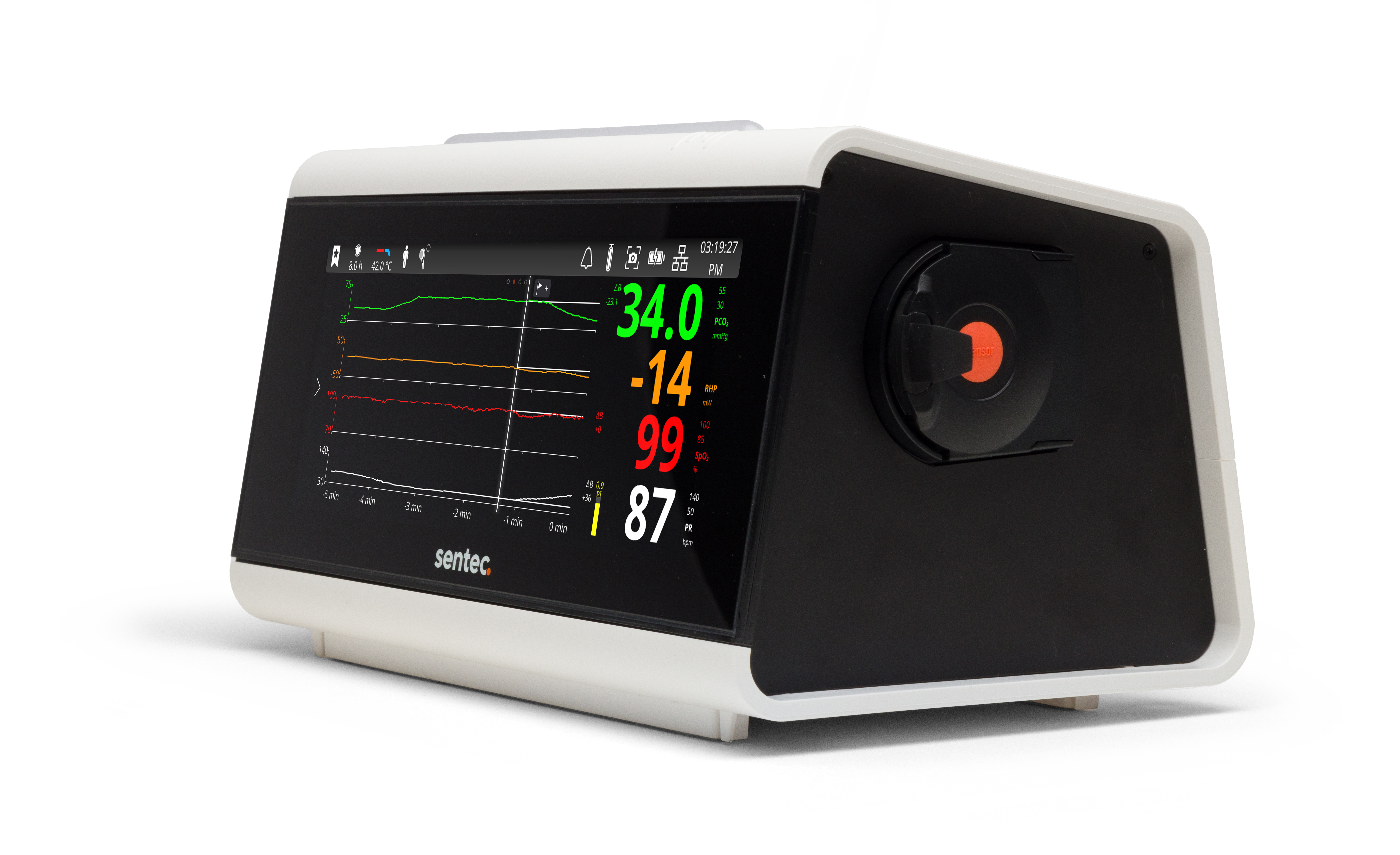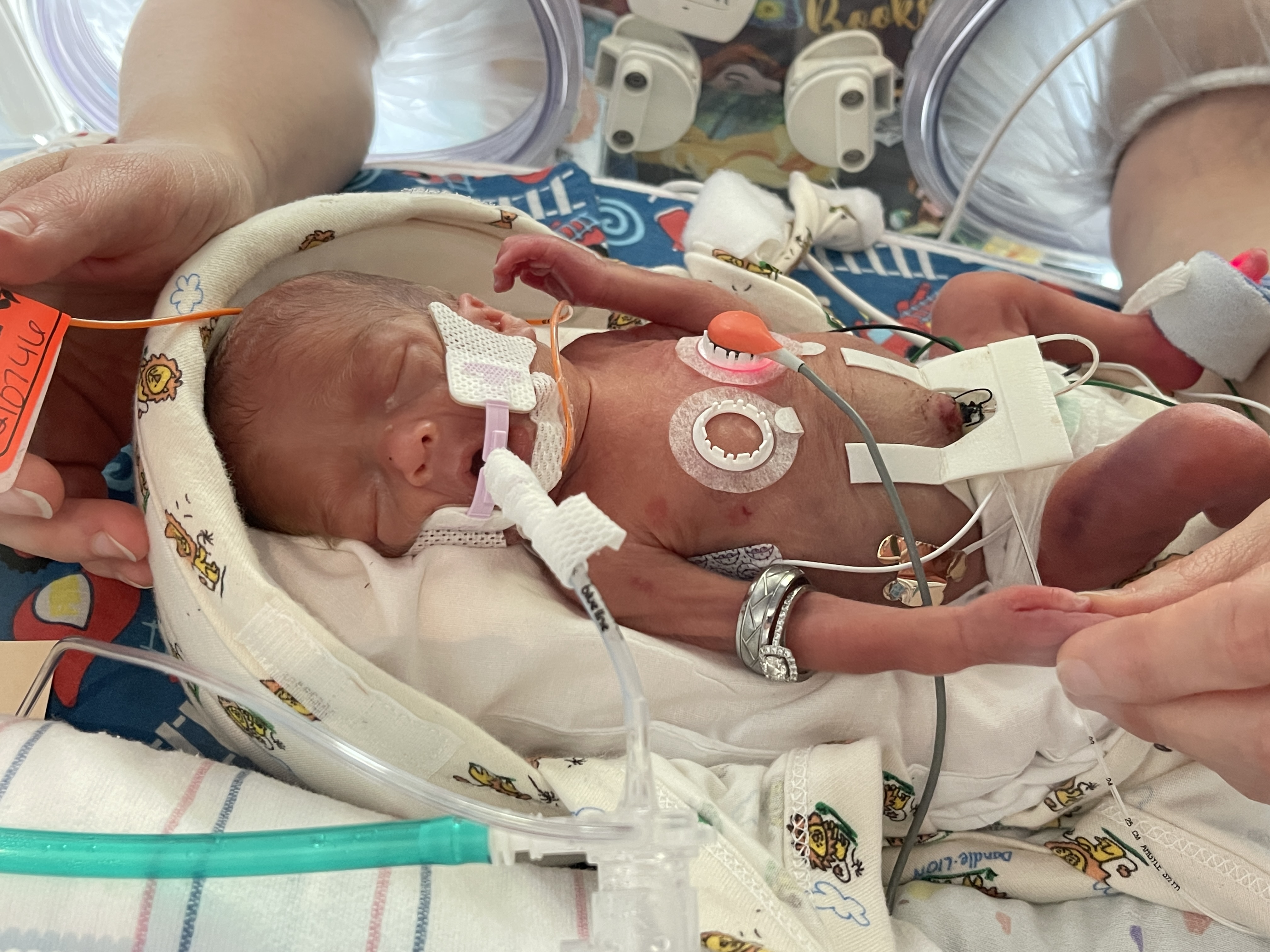How can transcutaneous monitoring make a difference for your patients?
The Sentec Transcutaneous Monitoring System provides continuous visibility into patient ventilatory status, allowing clinicians to provide more proactive, timely interventions. By overcoming the limitations of end-tidal CO2 and providing better compatibility with all modes of ventilation, transcutaneous CO2 monitoring helps clinicians assess patient condition and the efficacy of treatment and ventilatory support strategies.
This paper explores transcutaneous monitoring in the PICU therapy within the literature, covering:
How can transcutaneous monitoring make a difference for your patients?
The Sentec Transcutaneous Monitoring System provides continuous visibility into patient ventilatory status, allowing clinicians to provide more proactive, timely interventions. By overcoming the limitations of end-tidal CO2 and providing better compatibility with all modes of ventilation, transcutaneous CO2 monitoring helps clinicians assess patient condition and the efficacy of treatment and ventilatory support strategies.
This paper explores transcutaneous monitoring in the PICU therapy within the literature, covering:
Meet the tCOM+
Developed with care, designed for confidence.
The tCOM+ offers continuous monitoring of tcPCO2, SpO2, and PR with a sleek new look and feel. This latest model includes significant software advances that improve workflow for providers, while continuing to support reduced blood draws and proactive ventilator management across care areas.

Stay up-to-date with Sentec





